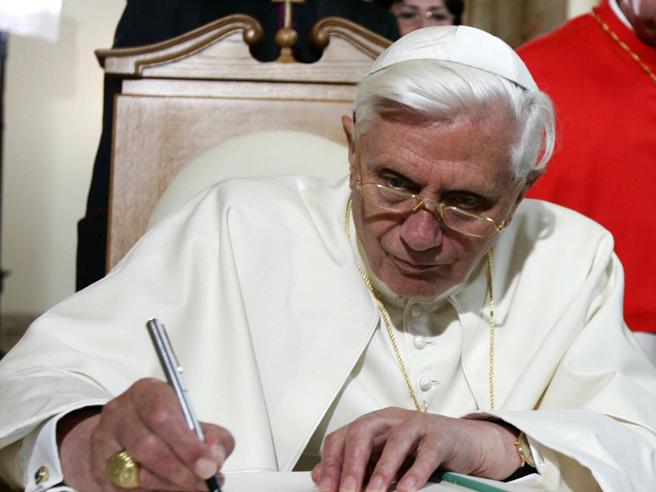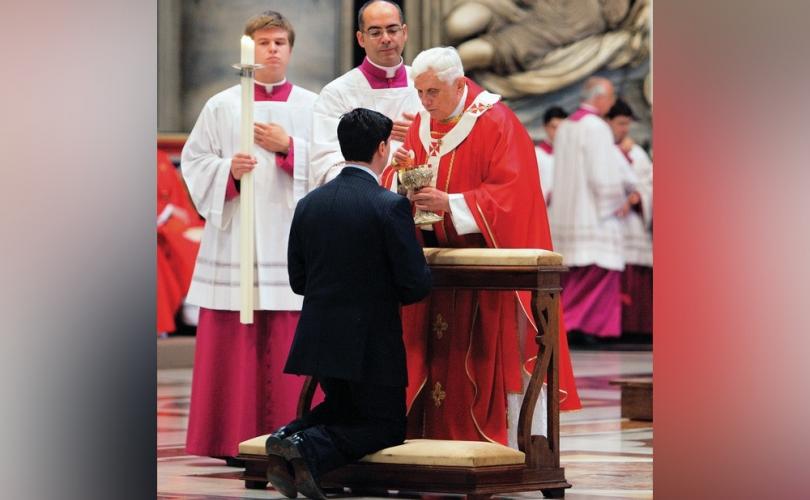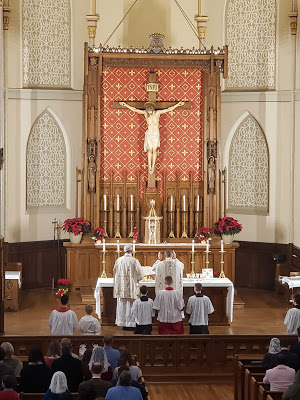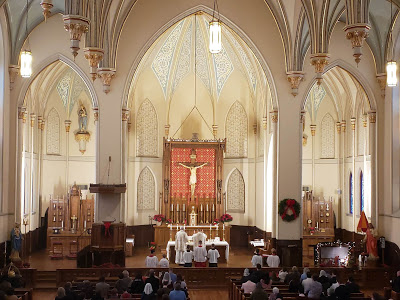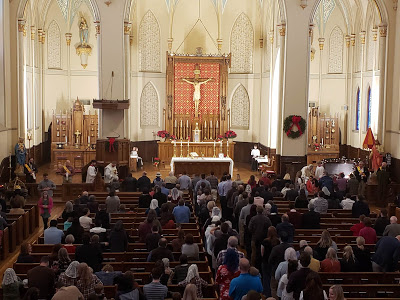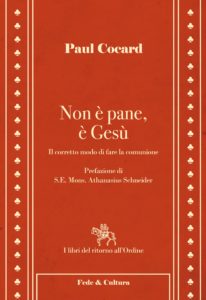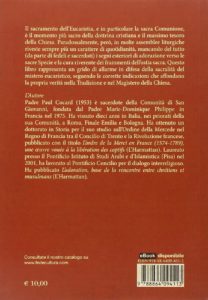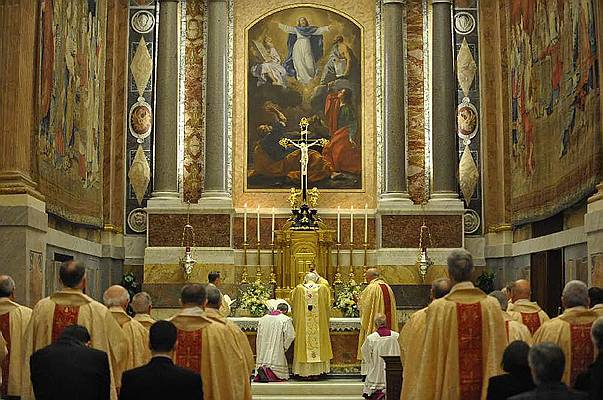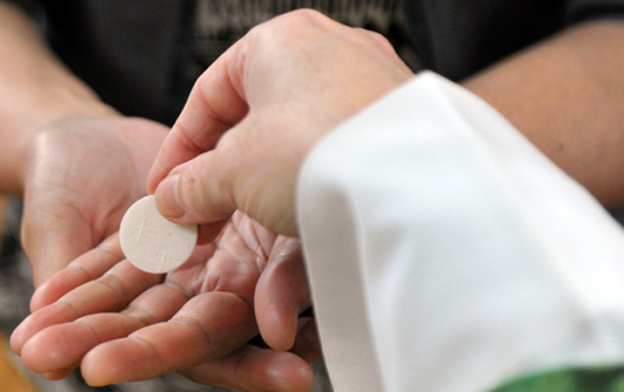Our handling of the Eucharist can only arouse concern. The Second Vatican Council was rightly focused on returning this sacrament of the Presence of the Body and Blood of Christ, of the Presence of His Person, of His Passion, Death and Resurrection, to the center of Christian life and the very existence of the Church. In part, this really has come about, and we should be most grateful to the Lord for it.
And yet a rather different attitude is prevalent. What predominates is not a new reverence for the presence of Christ’s death and resurrection, but a way of dealing with Him that destroys the greatness of the Mystery. The declining participation in the Sunday Eucharistic celebration shows how little we Christians of today still know about appreciating the greatness of the gift that consists in His Real Presence. The Eucharist is devalued into a mere ceremonial gesture when it is taken for granted that courtesy requires Him to be offered at family celebrations or on occasions such as weddings and funerals to all those invited for family reasons.
The way people often simply receive the Holy Sacrament in communion as a matter of course shows that many see communion as a purely ceremonial gesture. Therefore, when thinking about what action is required first and foremost, it is rather obvious that we do not need another Church of our own design. Rather, what is required first and foremost is the renewal of the Faith in the Reality of Jesus Christ given to us in the Blessed Sacrament.
Read Benedict XVI’s full essay here.

